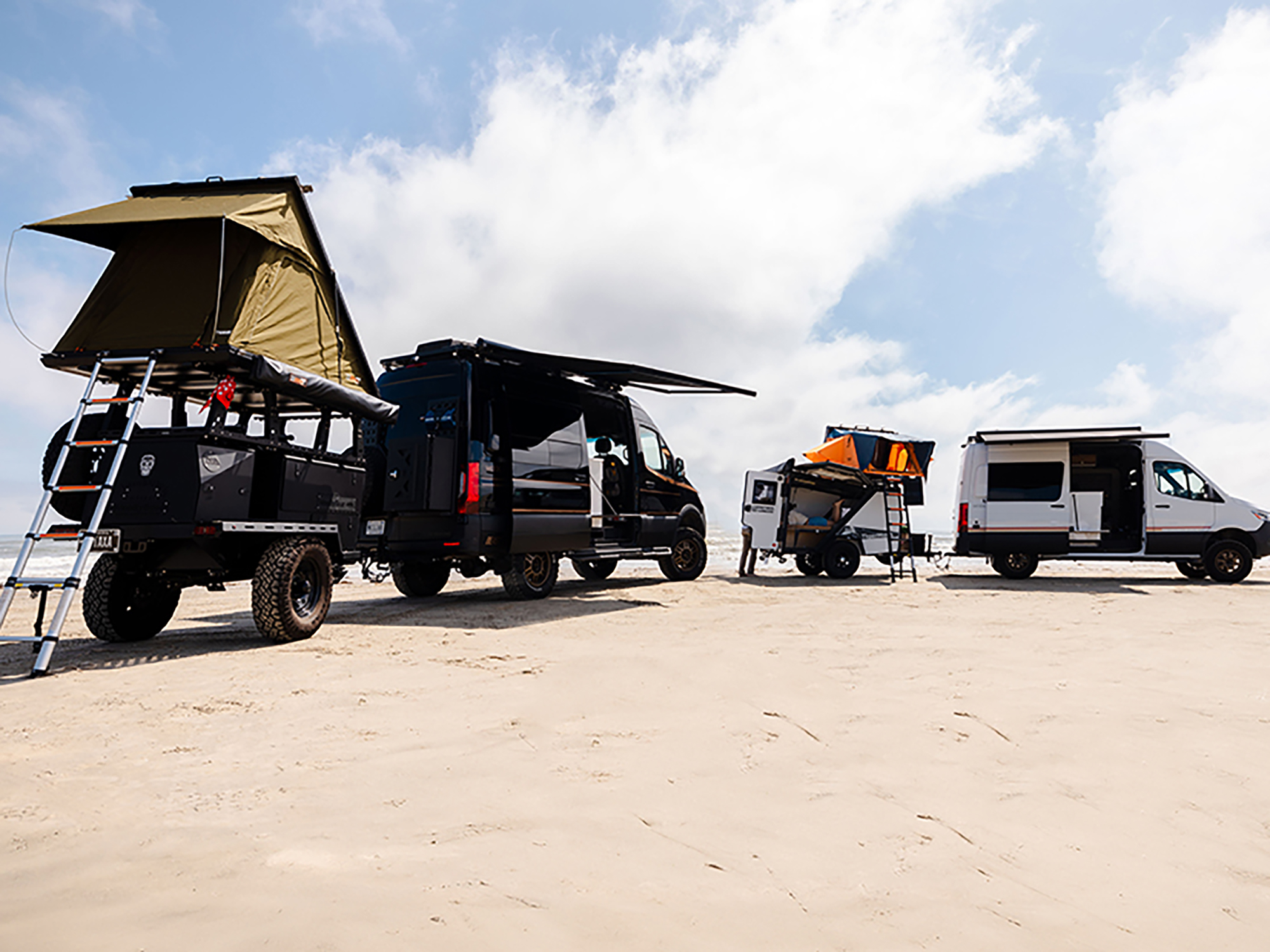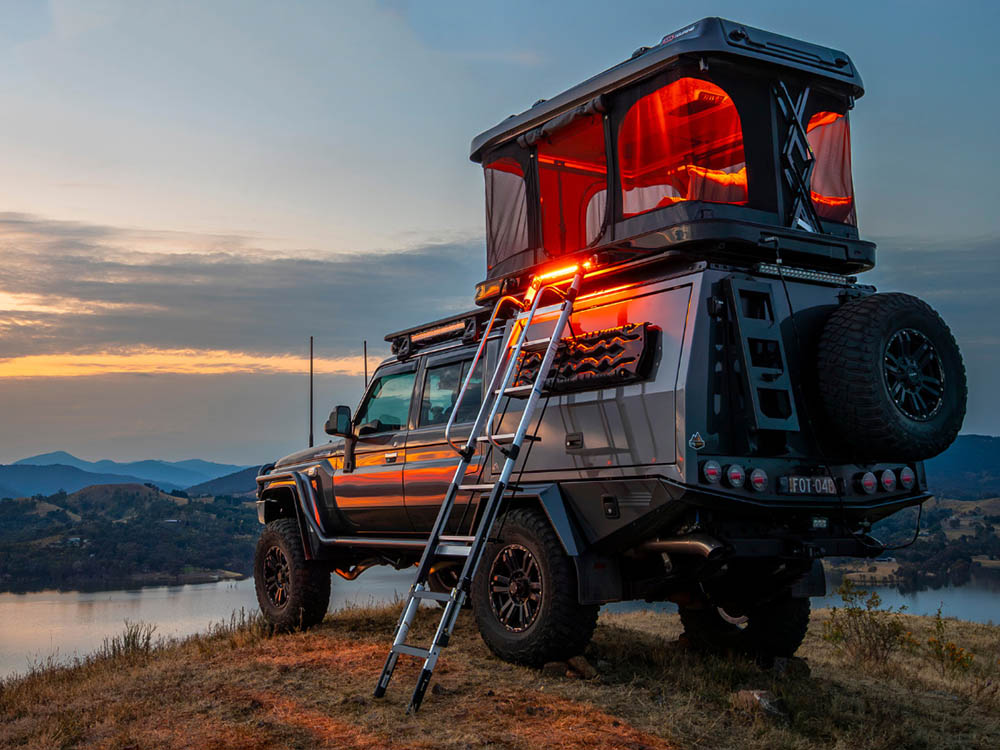If you plan to visit Overland Expo East and find yourself ready to hit the trail before or after the event, Monongahela National Forest should be on your list of places to visit. In particular, the Spruce Knob area offers a unique environment with plenty of recreation opportunities, and it’s an excellent option for a home base for further exploration.
Spruce Knob is the highest point in West Virginia, topping out at 4,863 feet. It not only offers 360-degree views of the Mountain State, but the entire area is dotted with highland environments full of stunted trees, spruce stands, and open mountain tops. At lower elevations, you’ll find cold mountain streams lined with rhododendron.
Within an hour’s drive of Spruce Knob, you can find plenty of hiking trails, beautiful trout streams, bouldering fields for the climbers, and off-road routes ranging from the tame to the challenging.
If you’re traveling between Spruce Knob and Overland Expo East you can take highway 33 or highway 250 to cross through George Washington National Forest into Monongahela National Forest. Both of these highways connect to I-81.
The route travels east to west over Spruce Knob. Along the way, you’ll find numerous trailheads, campsites, dispersed camping opportunities, multiple overlooks, and Spruce Knob Lake. While this 30-mile route is relatively tame, the surrounding area offers some more challenging routes that we’ll cover in future Trips & Trails.
If your group is looking to get out of the rigs for a while, you can venture a bit past the western terminus of this route to the Middle Mountain cabins. These cabins were built in 1939 and originally served as housing for Forest Service workers. The two bunkhouses and main cabin are rentable as a single unit and offer beds for up to ten individuals.
READ MORE: The Best Way to Attend an Overland Expo
What to Know:
- Time: 2-3 hours
- Distance: 30 miles
- Fuel: Gas is available in Circleville and Franklin, WV.
- Highest elevation: 4,856 ft. is the highest elevation at the summit of Spruce Knob. Be prepared for temperatures significantly colder than the surrounding areas throughout the year.
- Water: Water is available at natural sources throughout the route with proper filtration.
- Camping: Camping is available at Forest Service campgrounds and dispersed sites along the route. Please practice Leave No Trace Ethics and check for required permits and fees.


